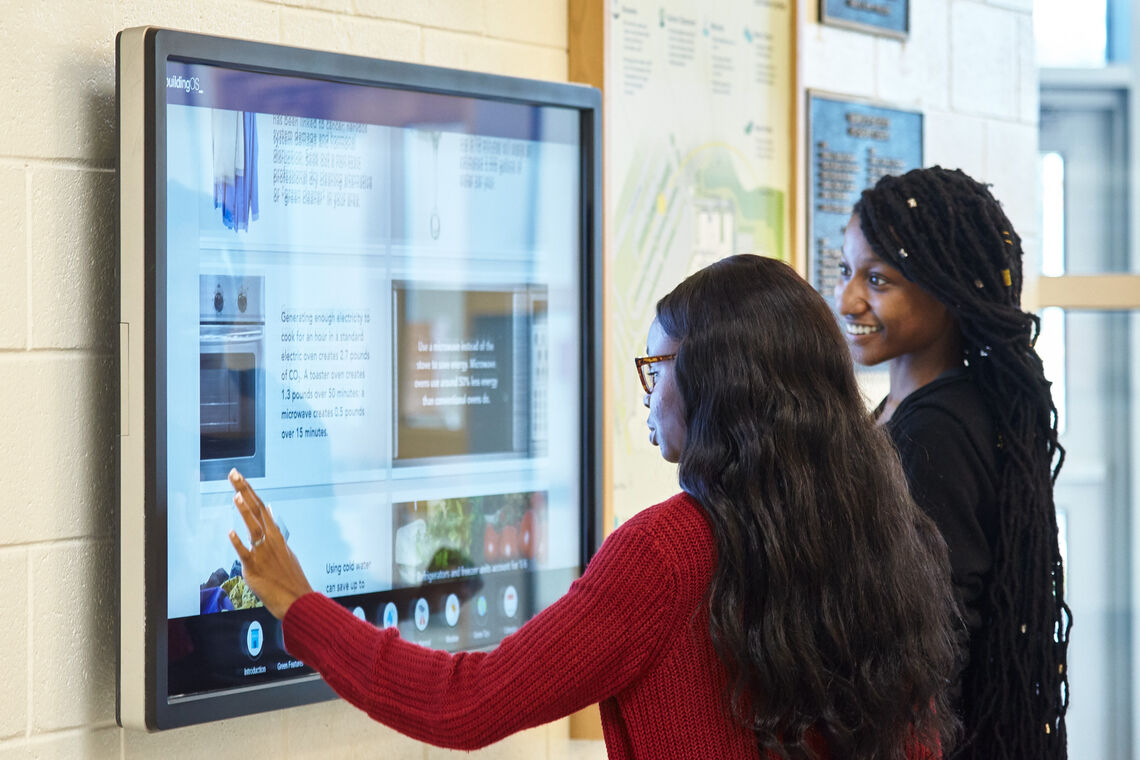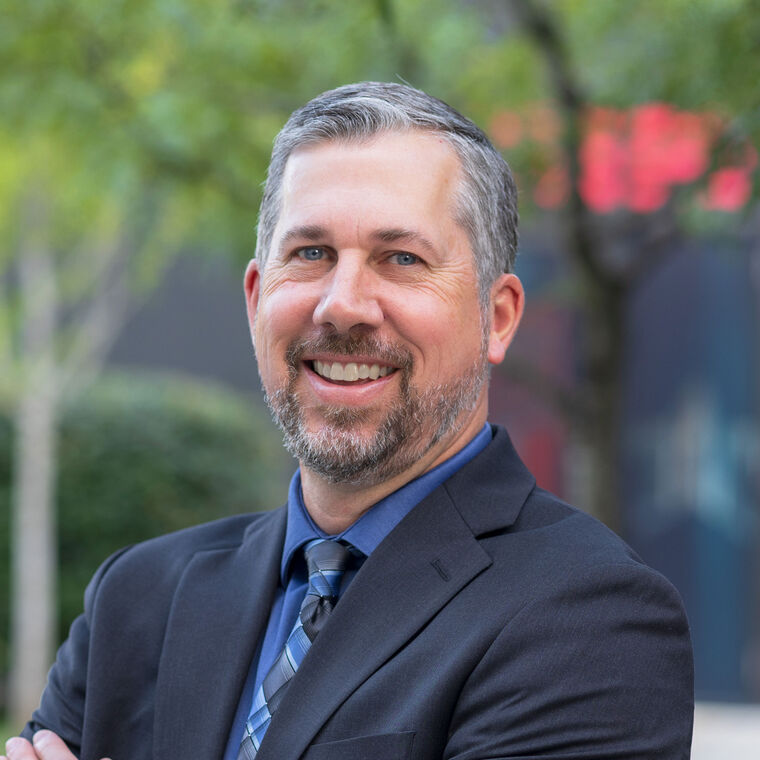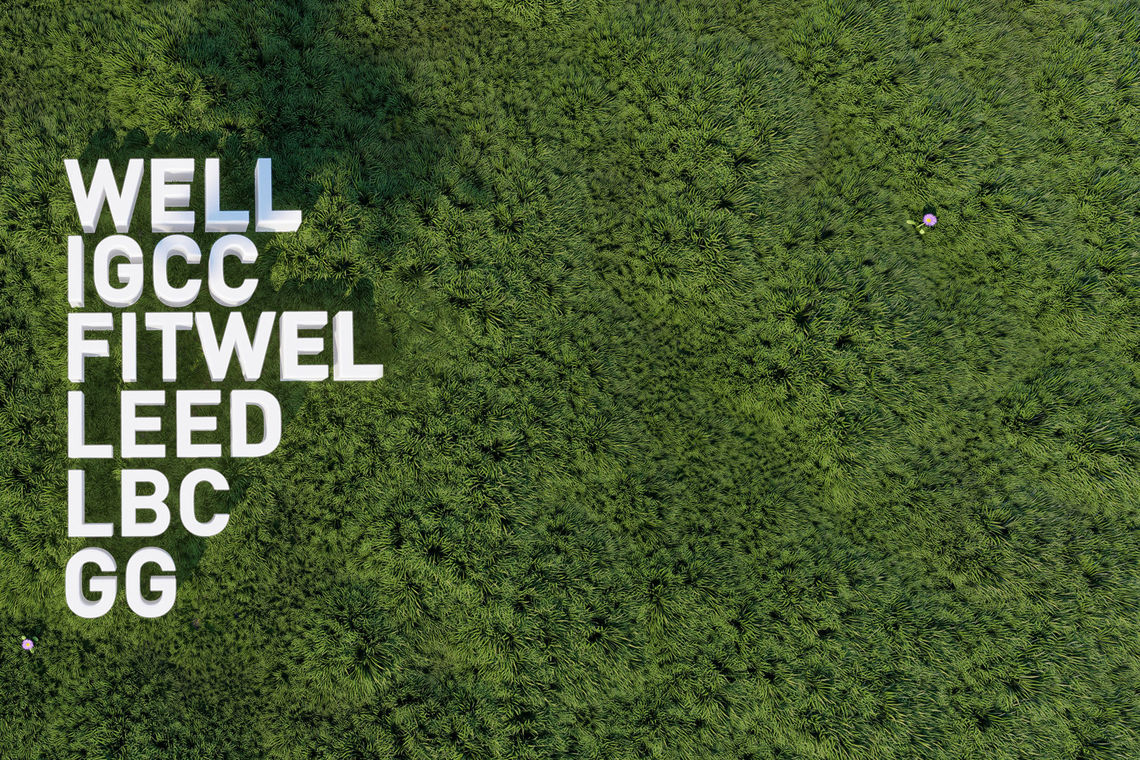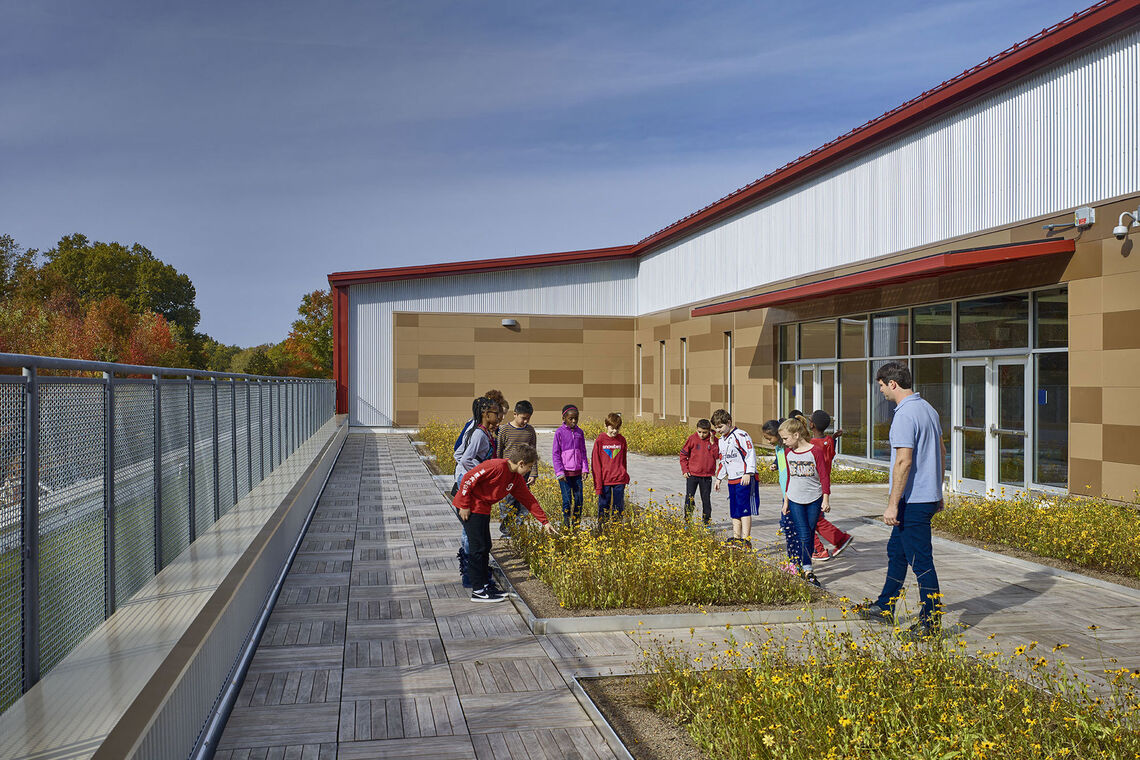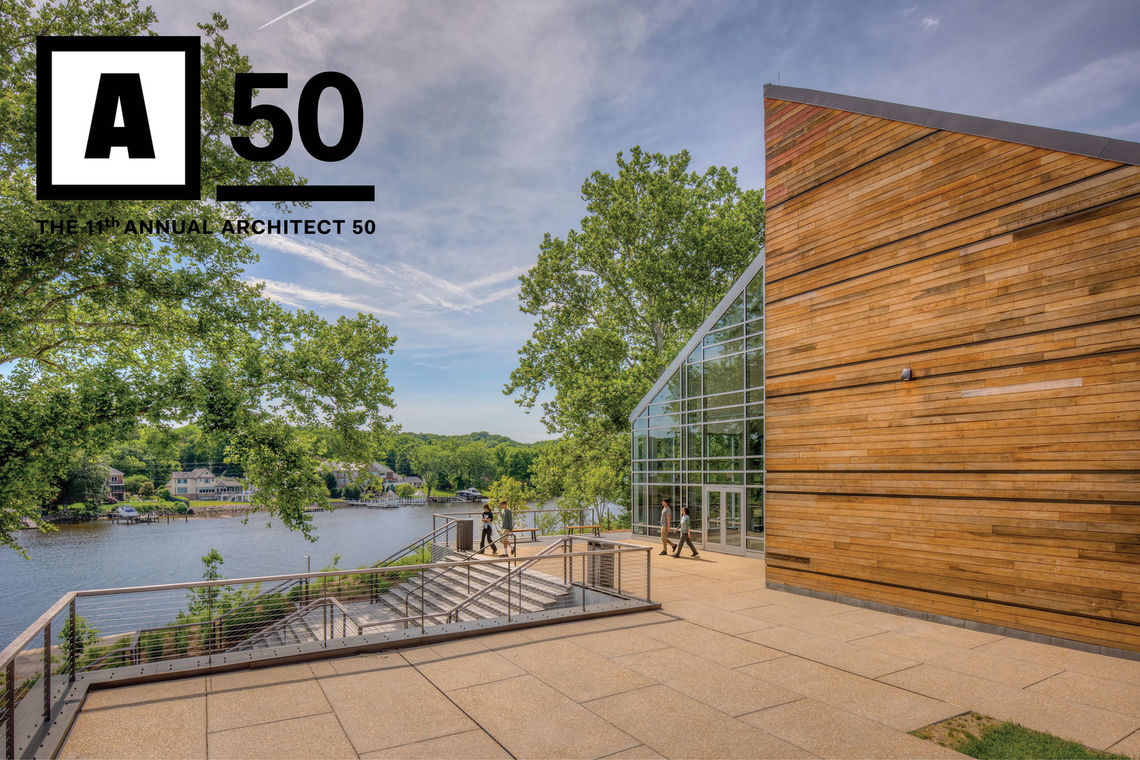Through 50 years of experience designing educational spaces, we’ve found that the best learning environments not only serve the needs of students functionally, culturally, socially, and sustainably, but they actively demonstrate and reinforce lessons beyond the classroom. Each building can become a hands-on teaching tool that heightens students’ awareness of science, nature, sustainability, and other subjects.
How many students understand how their school’s design saves energy or think about the building’s energy source? Do they know where the rain goes once it hits the roof or the parking lot and why that matters? Do they reflect on why the school's layout allows for maximum daylight in classrooms and how that affects their ability to learn? Imagine how understanding the purpose behind these design details can contribute to a student’s education and global perspective.
Since our founding, responsible design has been central to all our work. This is embraced in our educational practice by emphasizing sustainability from an environmental and cost perspective and focusing on how our designs can enhance the learning environment. Long before green rating systems came into play, GWWO has been designing schools that become teaching tools for students. Today, this philosophy provides an additional benefit by helping school districts achieve Leadership in Energy and Environmental Design (LEED) certification through a LEED Innovation credit called the School as a Teaching Tool. This credit intends to integrate a school facility's sustainable features with the school’s educational mission. Projects can achieve this credit by incorporating the school’s sustainable features within the students’ curriculum, installing signage around the school that highlights these features, and providing visible energy usage information to the students, staff, and visitors. GWWO has incorporated these strategies on many school projects that have successfully achieved the School as a Teaching Tool credit.

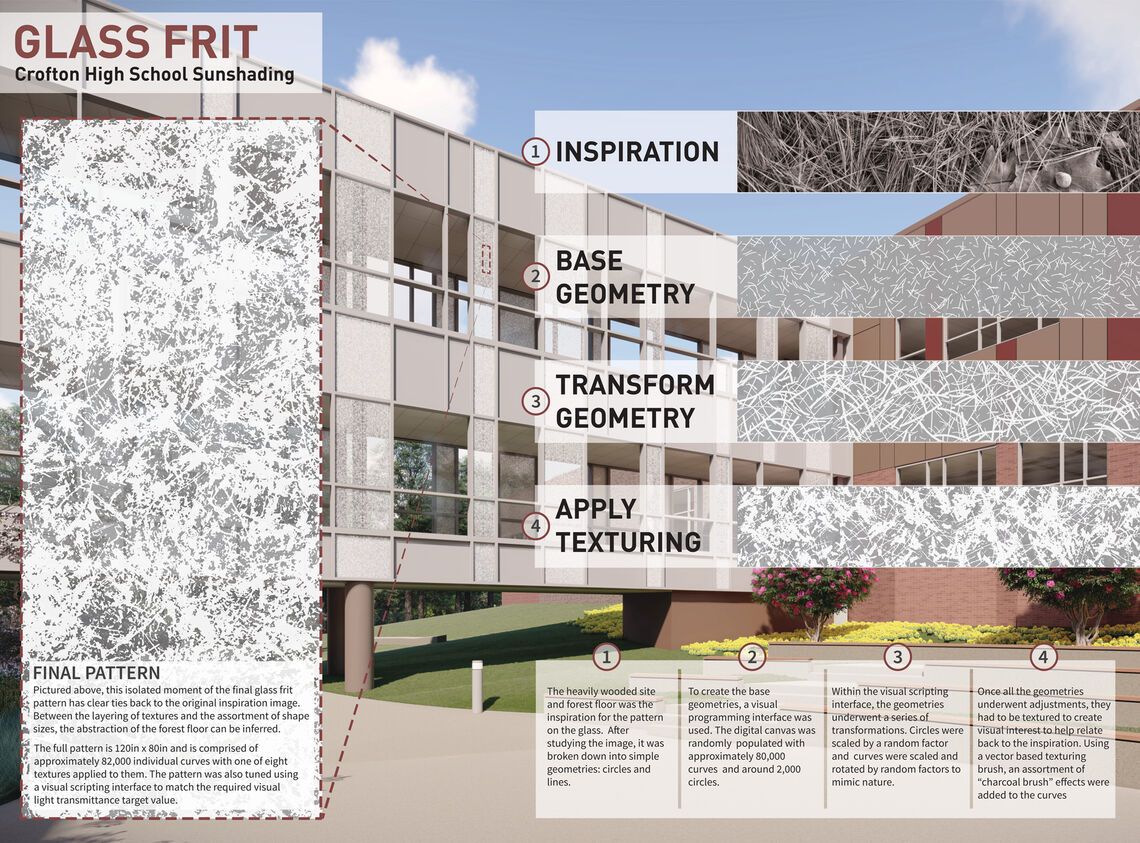
Sustainability Signage
At Crofton High School, GWWO designed exterior signage to describe the school’s bioretention and stormwater management plan (below). Interior signage was also designed to highlight the process of the glass frit sun shading (left).
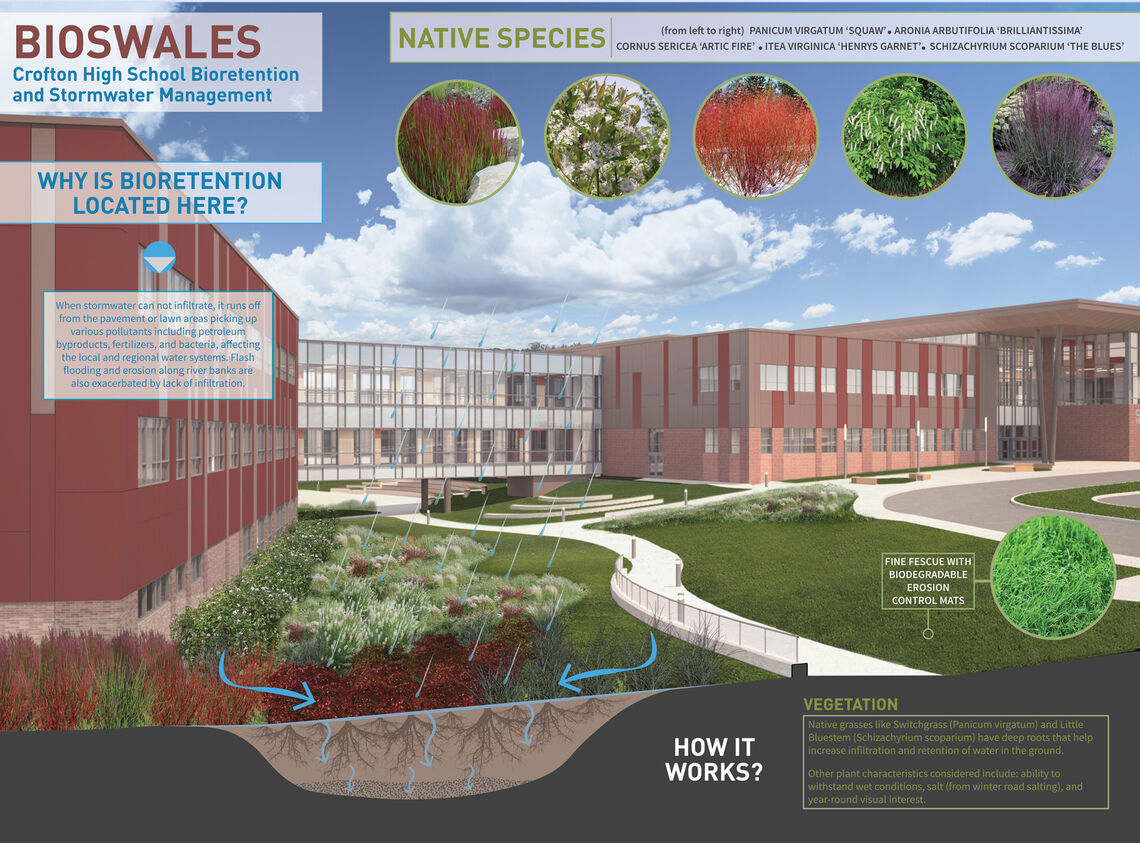
Similarly, at Northern High School, GWWO designed one interior summary sign and five exterior signs to highlight the on-site sustainable features: bioswales, a geothermal well field, an outdoor classroom, wetlands, and an underground cistern.
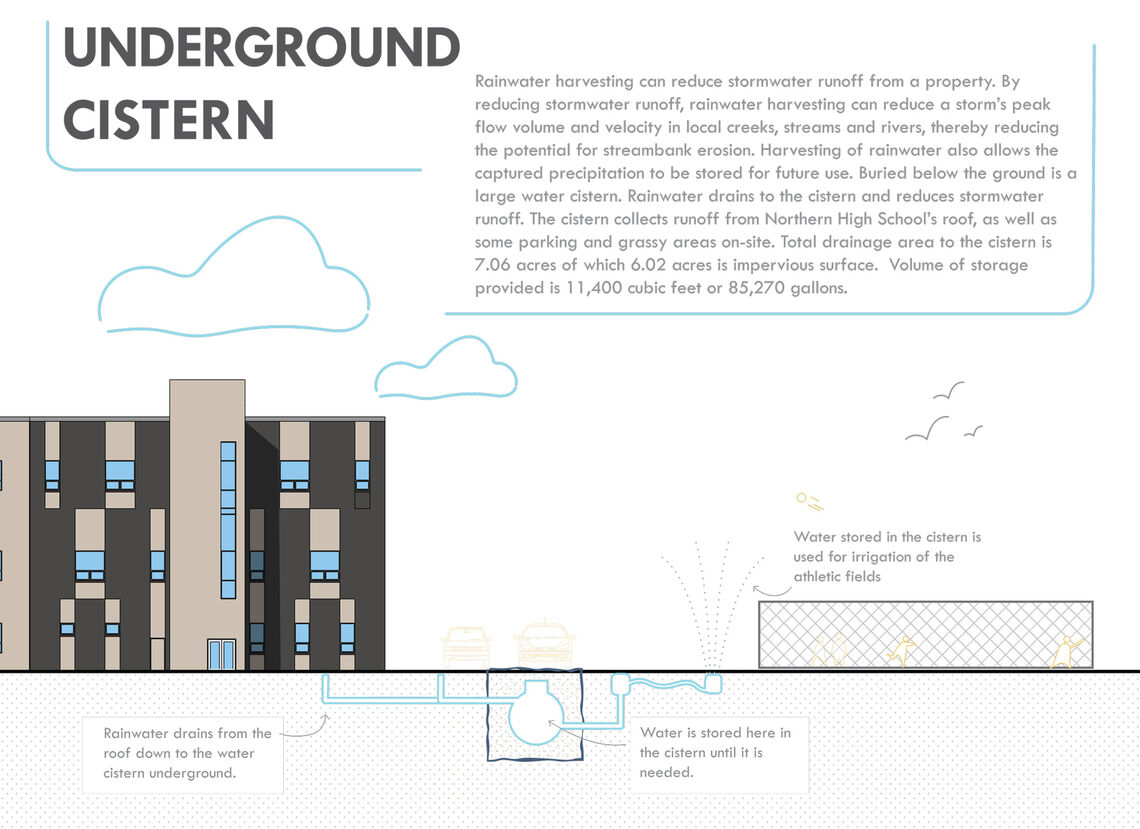
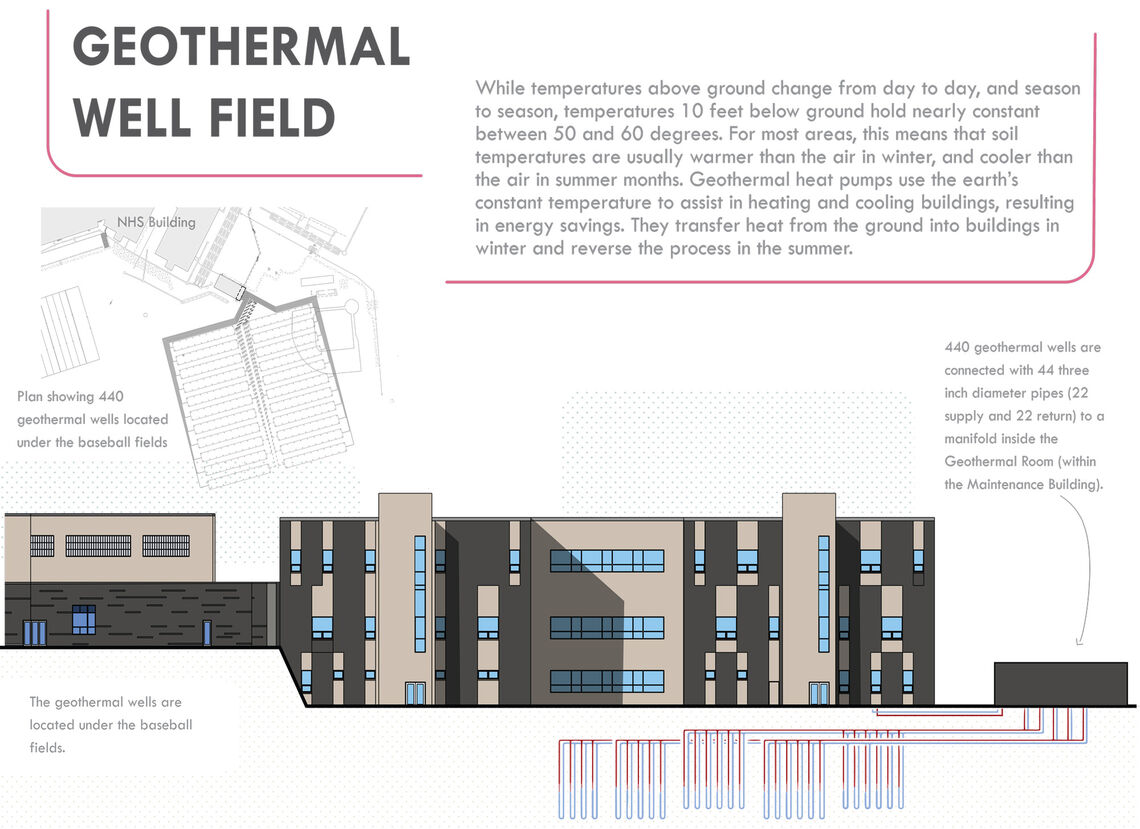
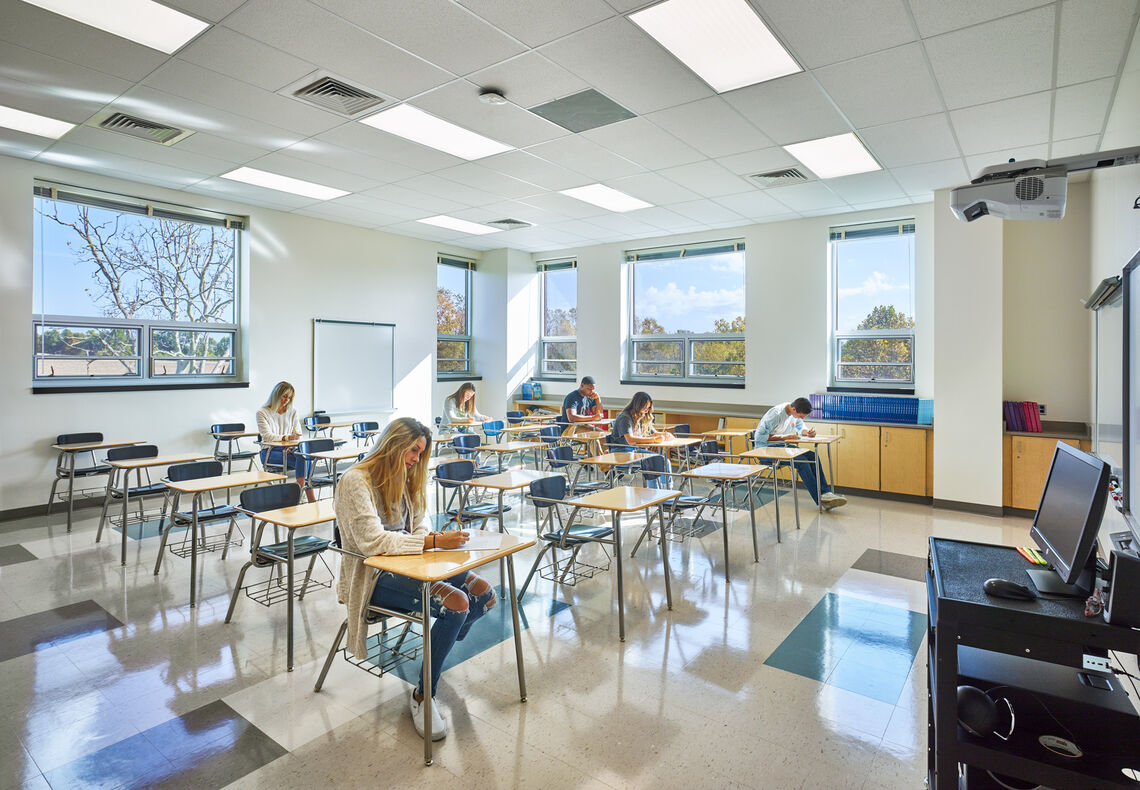
Student’s Curriculum
At Northern High School and Severna Park High School, the school’s sustainable features were integrated into the students’ curriculum. GWWO worked with both schools during the design phase to assess opportunities where the building’s sustainable features could complement the board-approved curriculum. For example, students can analyze the school’s geothermal system against a traditional boiler/chiller system to discover the energy savings and then use the school’s energy dashboard to compare it to usage data from schools across the country.
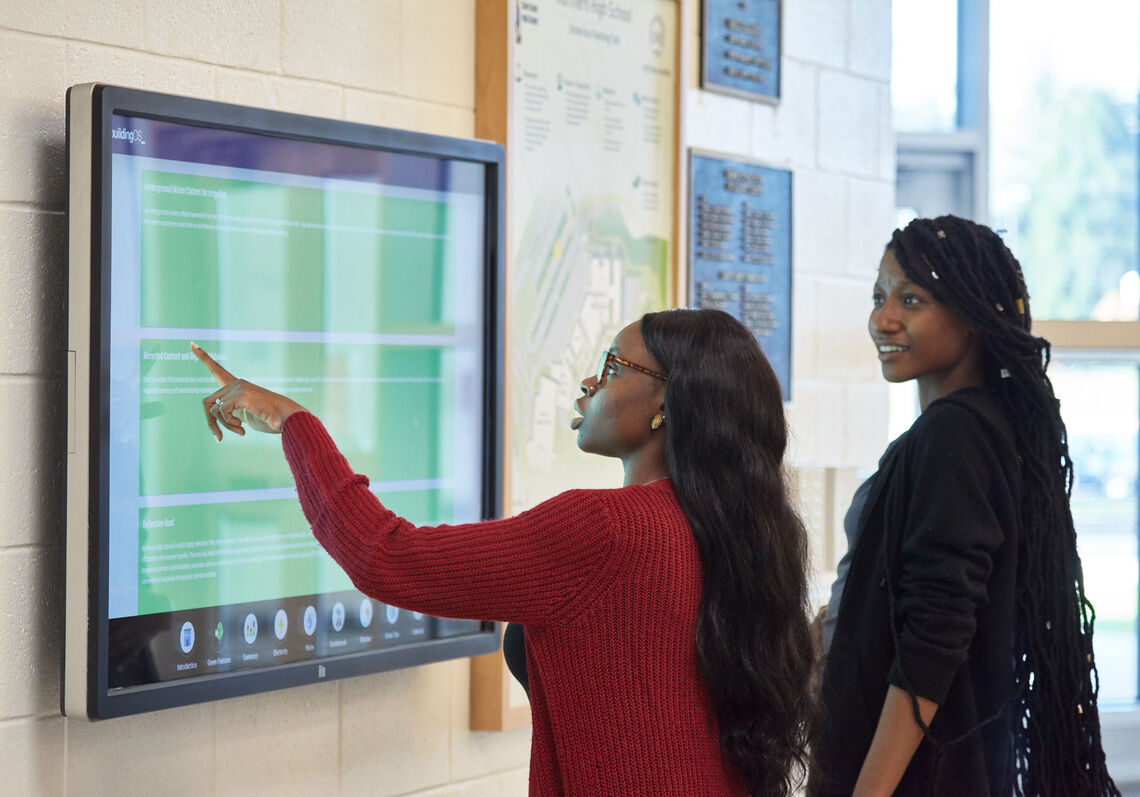
Energy Dashboard
During the design phase for Northern High School, the design team learned that it was essential to the school system that students be informed about the school’s sustainable features and current energy and water usage. GWWO helped develop the content for an Energy Dashboard to fulfill this goal. By relaying real-time information to students, teachers, and staff, the dashboard allows for a better understanding of the school's sustainable features and an interactive view of the building’s performance.
These are just a few of the tools that can help further a student’s education in environmental stewardship. By working with clients to design graphics for signage, assisting with integrating the school’s sustainable features with the curriculum, placing building systems on display, and developing the content for energy dashboards, we’ve seen firsthand the positive impact on students. No matter how LEED requirements have and will continue to change, GWWO will continue to work collaboratively with our clients to merge their sustainability and educational goals so that each school facility serves as a teaching tool.
